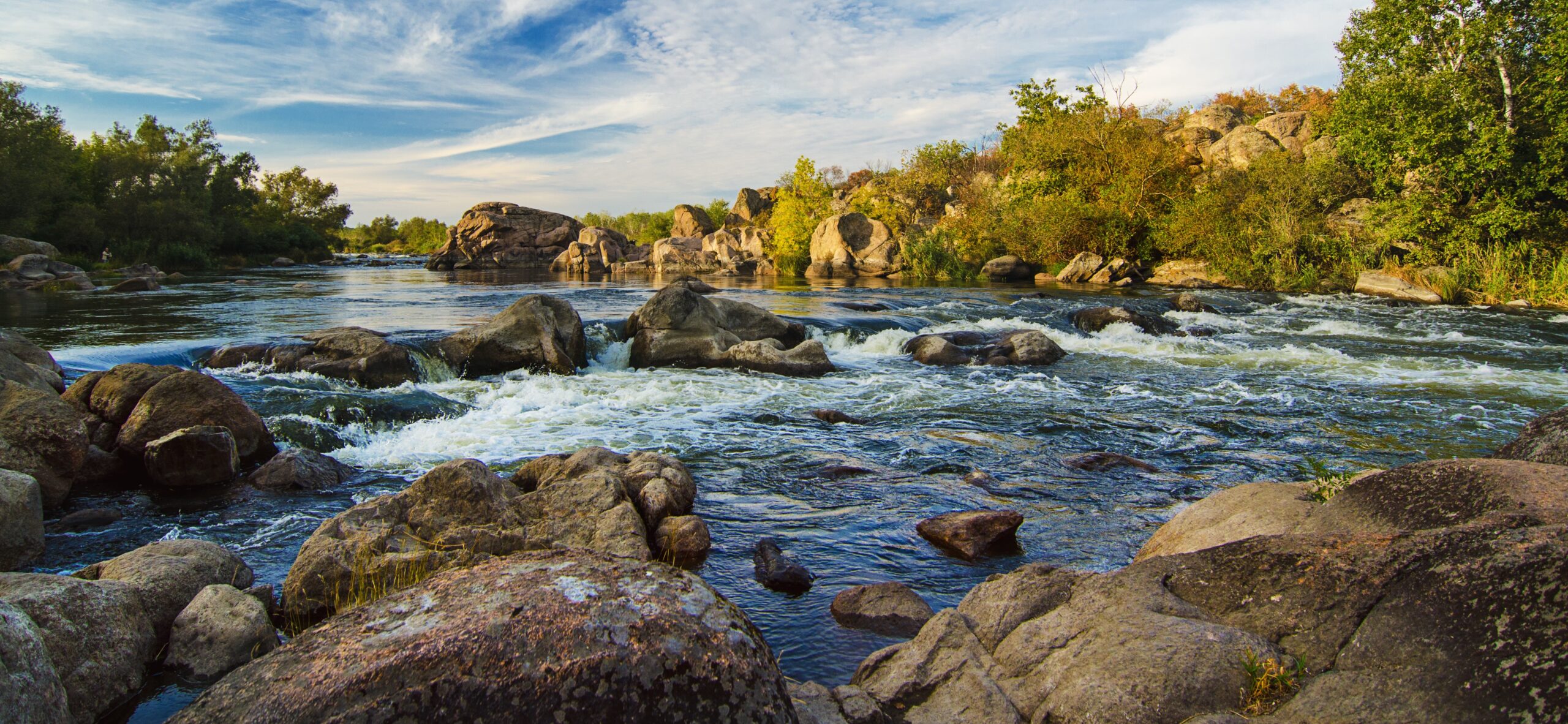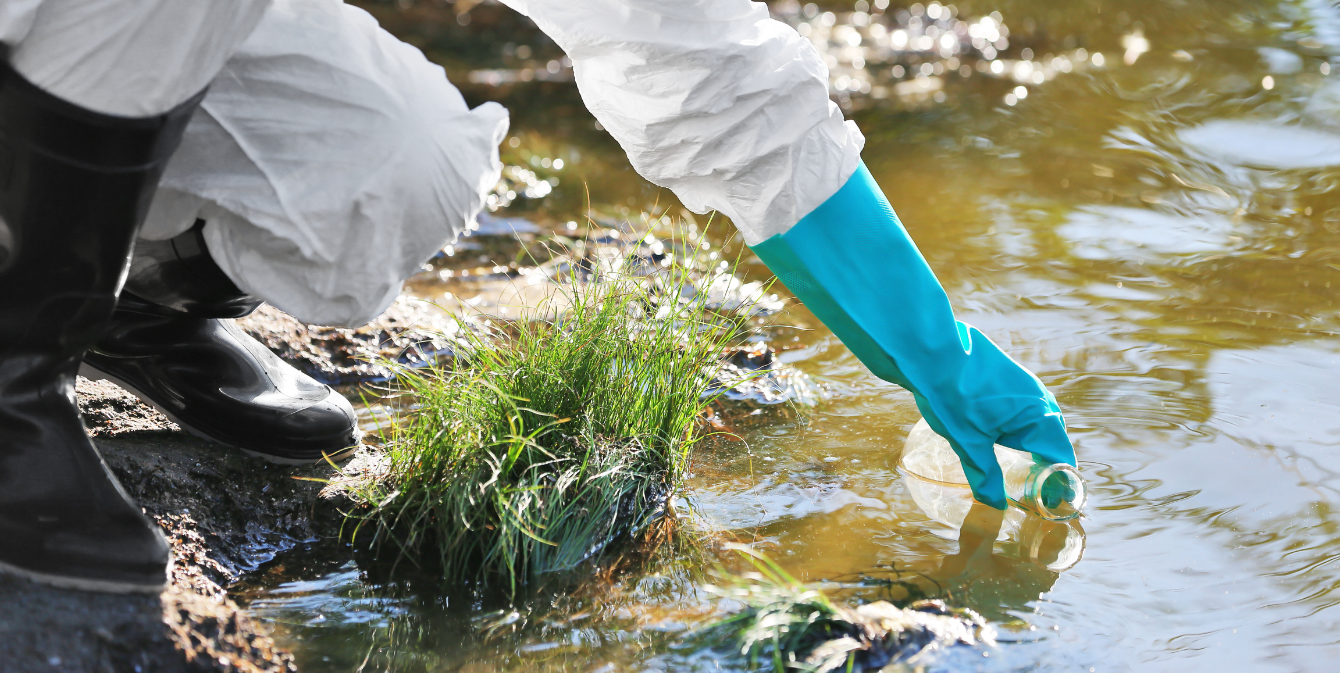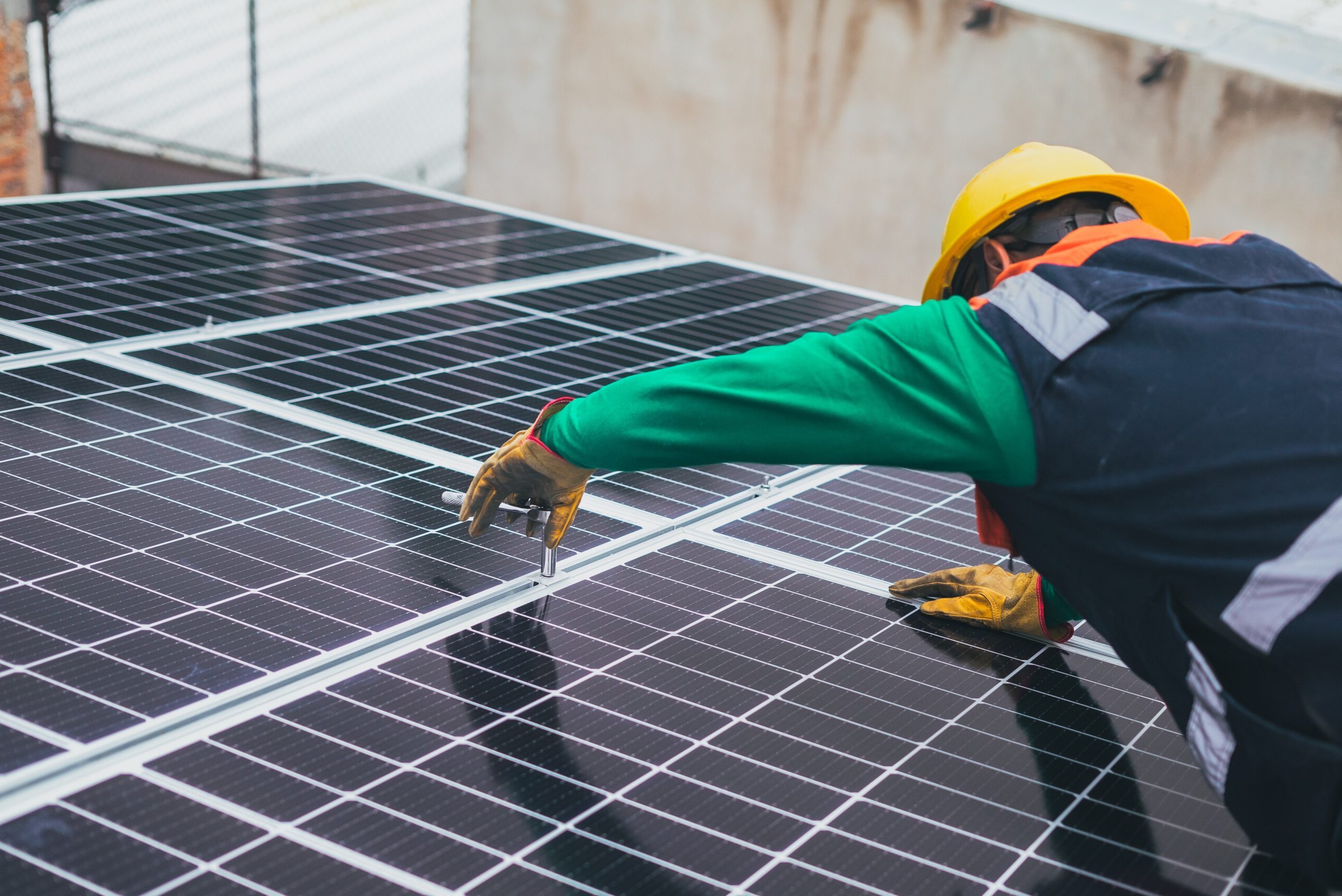
Initiatives
Environmental Justice
Overview
Environmental justice broadly refers to the idea that historically disenfranchised communities, such as low-income and Black, Indigenous, and people of color (BIPOC), disproportionately suffer the negative impact of environmental hazards. From the damage to infrastructure caused by hurricanes and wildfires to the fact that race is the best indicator of whether a person lives near a hazardous waste site, low-income and BIPOC communities overwhelmingly experience the burden of these problems.
Furthermore, environmental goods are proven to be unequally distributed. Underserved communities often have limited access to environmental benefits such as clean air, outdoor spaces, and clean water. In this way, environmental justice lies at the nexus of environmental protection, public health, and social justice.
While environmental justice is often placed under the umbrella of Environmental Health, environmental justice issues intersect with every aspect of the environmental movement and apply to all of NCEL’s issue areas.
Key Facts
Disenfranchised communities, BIPOC communities in particular, suffer disproportionately from environmental health hazards such as poor water quality and toxic chemical exposure. This experience is largely due to a lack of resources, disinvestment, and decaying infrastructure.
Historically, disadvantaged communities have had less access to outdoor spaces and recreation, while many urban green spaces are located in more affluent neighborhoods.
Jump to:
Issues
While all issues we work on are related to environmental justice, below are a few with an emphasis on equity and justice.
Legislator Spotlights





